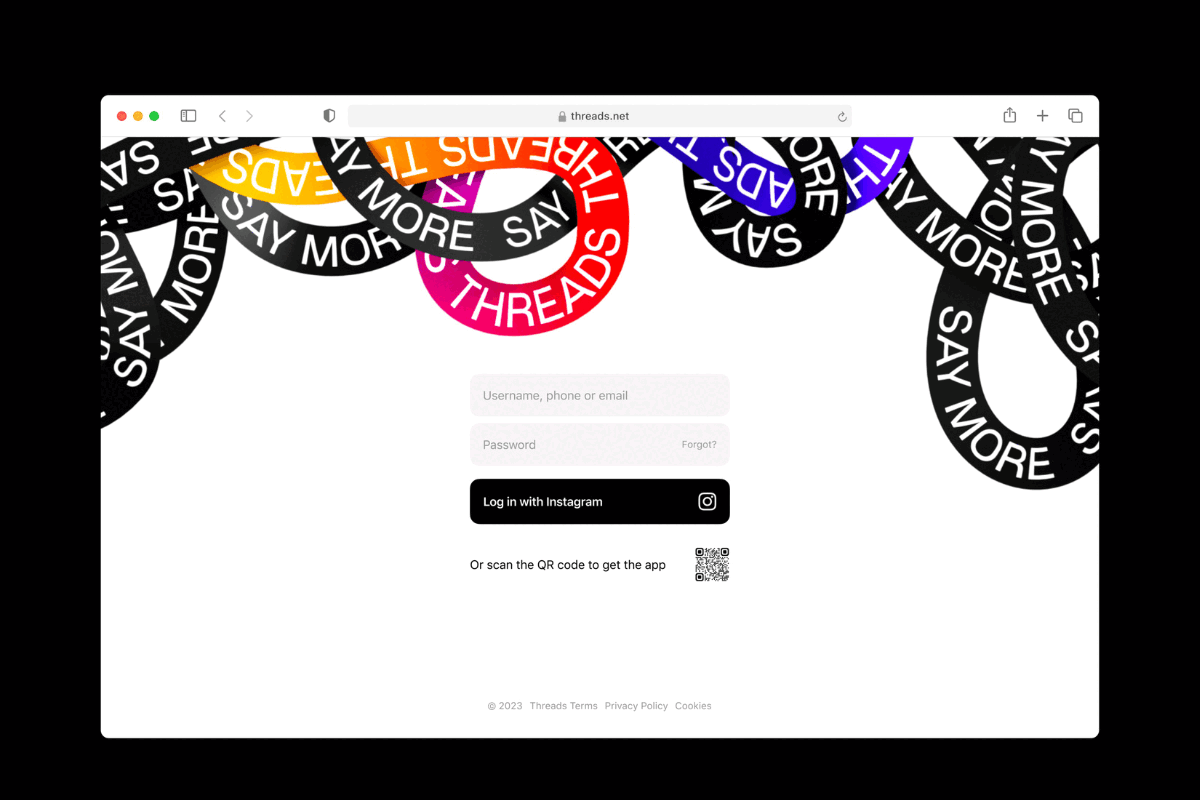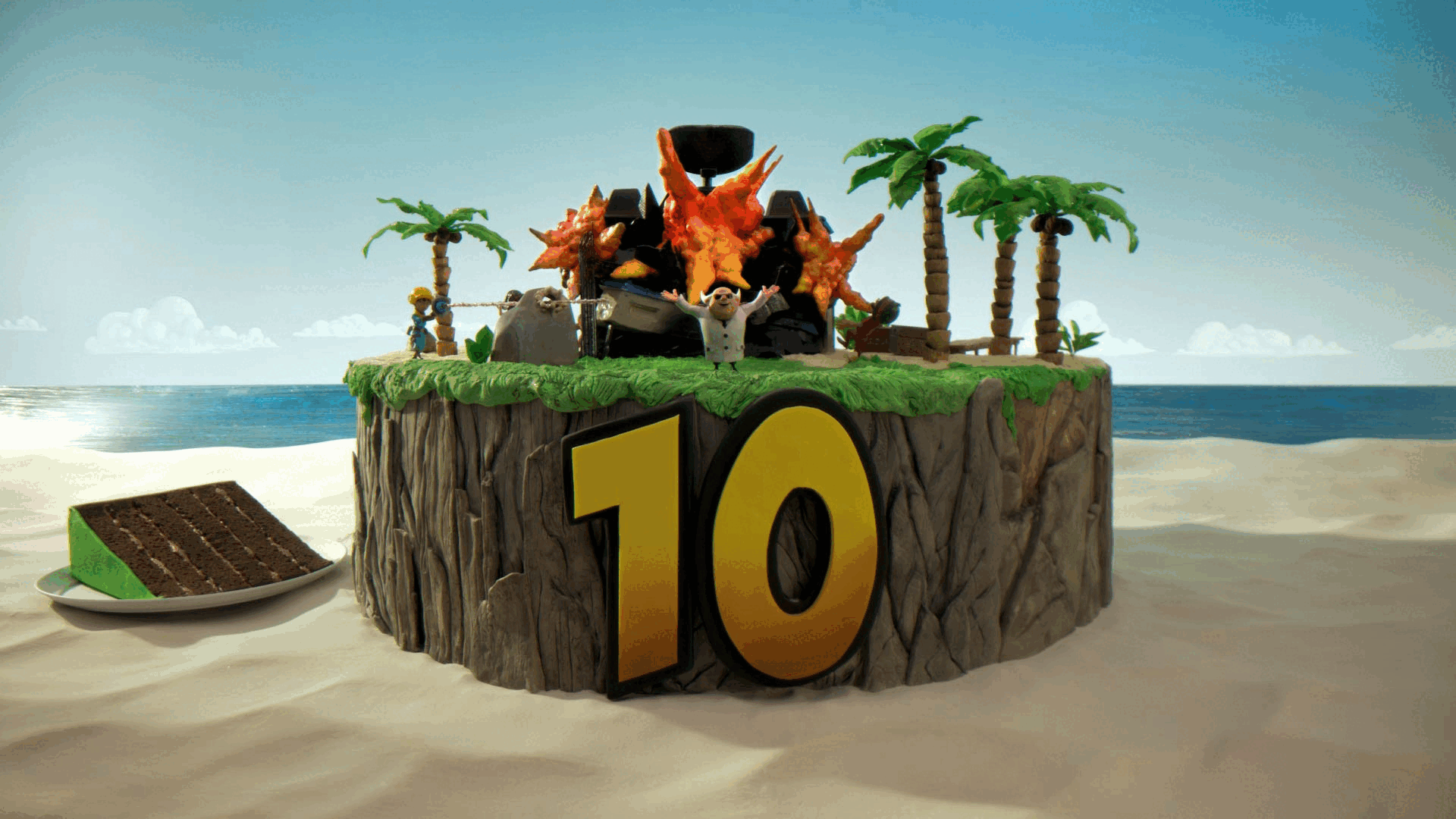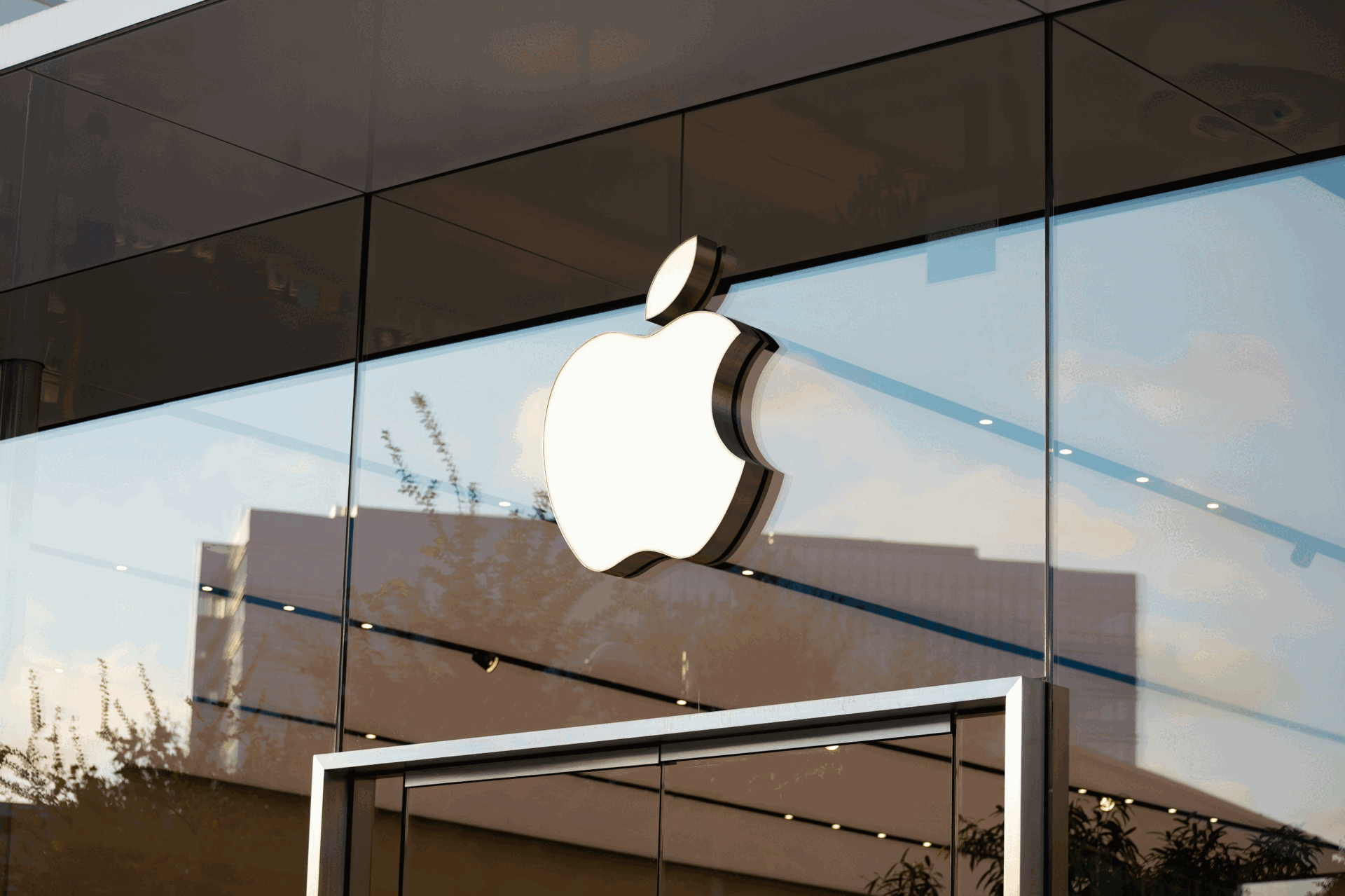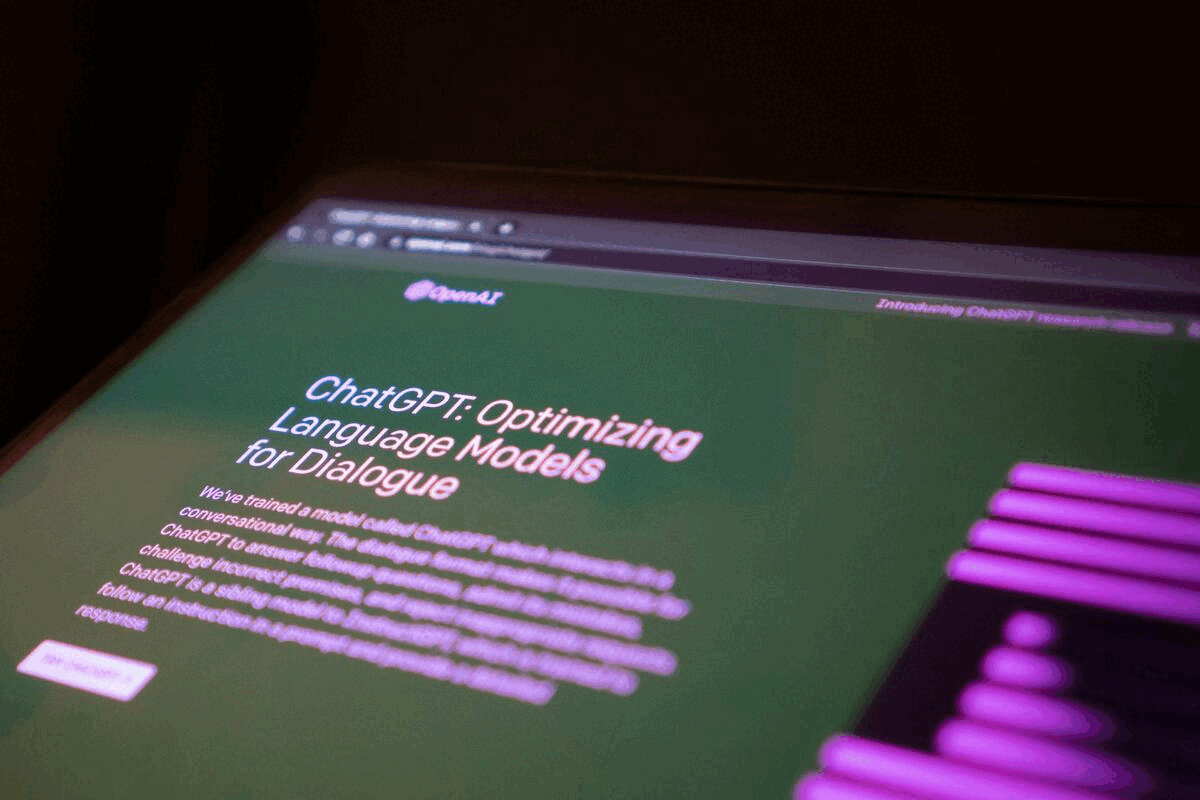Expedia: We’ve Spent $550m on R&D in Past 12 Months Alone
- Tuesday, March 18th, 2014
- Share this article:

Aware of the growing commoditisation of the travel sector, Expedia, one of the world’s largest travel agents operating online-only, has ramped up efforts to avoid becoming just another utility.
“Commoditisation is a dangerous place to be – it’s a dangerous experience for a brand,” says Andrew Warner, senior marketing director EMEA, speaking at The Economist’s Big Rethink event around big data.
The company owns 150 travel sites in 70 countries and can offer its customers 1bn different holiday choices. But increasingly Expedia knows it needs to make those purchase decisions even easier and even better.
“Everyone’s travel needs are fundamentally different,” he says. “Even past performance is not a good sign of what you want to do in the future, the same individual displays wildly different purchase behaviour depending on what they’re going – whether it’s a stag do, a business trip or a family holiday.” He points to Amazons not always so smart recommendations engine that offers items related to an earlier product search after youve already made the relevant purchase. “We have to do better.”
Travel Graph
Laying claim to being the first online travel agent to give you real-time data about your travel plans, the company has spent $550m in the past 12 months alone on further research and development in this area. The most significant product currently being tested is its ‘travel graph’, equivalent to platforms being built at Facebook around social data, and enabling it to use all sorts of contextual information beyond just price and availability.
“As device usage broadens, we know we have to offer people right thing, right time, right stage of journey and make sure it’s suitable for the device you’re using,” he says. Expedia has now started testing updates from its platform notifying users about events happening that may affect the cost of their journey or alternative routes they could take to save money.
For mobile users, for which Warner did not break out stats but indicated theyd lost cost, contextual data means being offered options like hotels around you, profiled to meet your travel need, late check-in options and details of your trip with a map to the airport. The company has also started to layer traffic information and suggest alternative routes in order for you to get your flight or sending weather-relevant offers while you’re away.
“When you’re booking travel the one thing which has religious significance to everyone is the travel itinerary – this has an important role in moving from being piece of paper to being something dynamic, that is personalising all the time and adding real-value,” Warner says.
Live Itinerary
Expedias marketplace enables partners to get involved so they can deliver real-time value-exchange promotions too – maybe that’s free wifi for a business traveller or a crèche place for a family if the book now. The company is also experimenting with dynamic pricing where the margin allows – whether thats through a price saving, something like free insurance or a utility based on your customer profile.
In order the make sure its listening to its customers, as well as calculating the route to success, Expedia has created its own internal social network where it can get feedback from real people after performing multiple variant audience tests. The company has also taken to Twitter to target people already on the hunt for a holiday and trying to convert them through to Expedia.
“A lot has changed since we started out. But its really not about how big your data is, it’s what you do with it that counts.”

















